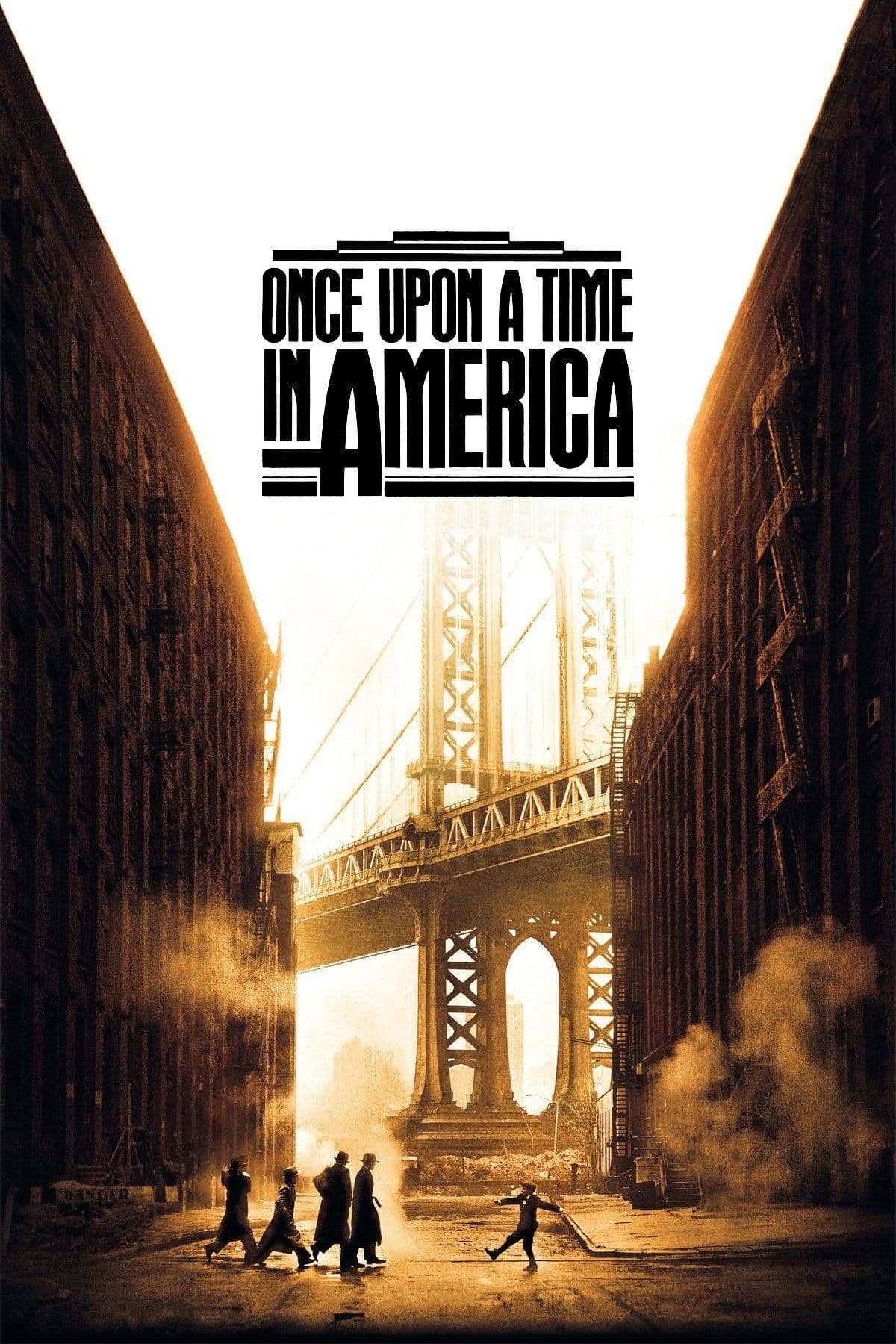
Once Upon a Time in America
1984
Rate this movie
Average: 5.00 / 5
(1 votes)
Director
Sergio Leone conceived an imposing work, drawing inspiration from David Aronson's autobiography "A mano armata," a text whose original title, The Hoods, already evoked the underworld and the disillusionment of an era. But Leone, with his unmistakable authorial magnifying glass, transcended criminal chronicle to forge a monumental fresco, a true twilight ode to a lost America, narrated through the existential journey of a group of New York Jewish gangsters. Not a simple transposition, then, but a profound re-elaboration, an immersion into the dark underbelly of the American dream, where social ascent merges with moral decay and success reveals itself to be a gilded cage.
This is a film considered by many to be Sergio Leone's masterpiece, which he made with a certain ease (compared to some previous productions), having a substantial budget at his disposal and the ability to cast internationally renowned stars. This "ease" was not merely economic, but the result of years of meticulous preparation, of an obsessive pursuit of perfection that had already characterized his Westerns and which here reached its apex in an unprecedented visual and narrative symphony. The abandonment of the New Mexico desert for the labyrinthine streets of a period New York marked his definitive consecration as a myth-teller, an epoch-making transition from heroic pulp to human tragedy, while retaining the epic grandeur and stylization that always distinguished him.
For the lead role, he chose an established professional (with two Oscars already won) who needs no introduction: Robert De Niro. His choice was not casual: De Niro brought with him the aura of already iconic gangster movie characters, from young Vito Corleone to Jake LaMotta, lending Noodles a layered complexity, a mask of inscrutability beneath which irrepressible remorse and nostalgia simmered. James Woods and Joe Pesci were certainly equally important acquisitions for the film's cast, joined by an exceptional Elizabeth McGovern in the role of Deborah, Noodles' unattainable muse and torment, and by the touching performances of young talents like Jennifer Connelly and Tuesday Weld, who helped paint such a vast and painful picture, elevating the work to a choral human fresco.
The screenplay required immense work, and Leone called upon Leo Benevenuti, Piero De Bernardi, Enrico Medioli, Franco Arcalli, and Franco Ferrini, who, along with him, would collaborate to create one of the most complex scripts in cinematic history. It was not a mere sequence of events, but an intricate temporal labyrinth that reflected the fragmented and subjective nature of memory itself. Indeed, the story was conceived with a non-sequential approach, making extensive use of flashbacks and flash-forwards, a structure that was not a stylistic whim, but the pulsing heart of the film, making the viewer an archaeologist of Noodles' memories, compelled to reassemble a mosaic of often elusive and ambiguous truths. This chronological deconstruction was an audacious declaration of artistic intent, an invitation to read the past not as an objective fact, but as a dream, or a nightmare, inexorably projected onto the present, fueling doubt about the reality of what one had lived.
And precisely this wonderful narrative rhythm was subjected to desecration by the production, which for the American market created a version with even a sequential montage and cuts of 26 minutes, effectively distorting the original artistic intent and committing an authentic abomination. This mutilation, an open wound in the history of auteur cinema, was a critical and commercial disaster that nearly marked the end of Leone's career in the United States, unfairly obscuring a masterpiece. Fortunately, time, and subsequent restored and integral editions, have done justice to Leone's vision, recognizing its grandeur and the courage of a narrative that challenges conventions and redefines the relationship between cinematic time and human consciousness.
A film that tells the epic story of David Noodles, Cockeye, Patsy, and Max, four friends who, from being small-time neighborhood rascals, would climb the criminal ranks of the city. Their exploits cover a time span from the 1920s of fierce Prohibition to the 1960s of the cultural revolution, a journey through a constantly changing America, from clandestine speakeasies to social ferment that culminated in a disillusioned modernity. It is a coming-of-age story that transforms into a story of deformation, where childhood innocence is brutally devoured by the logic of the streets and the mirage of ephemeral success, a bitter parody of the American dream realized only through violence and betrayal. The narrative follows their lives, recounting their betrayals, acts of valor, pettiness, and most atrocious misdeeds, until it converges on a disillusioned Noodles, who, now elderly, returns to New York, embittered by the past and with no plans for the future. The film is also a reflection on the passage of time, on the corruption of the soul and the illusory nature of success, a bitter meditation on the choices that define and condemn us, a labyrinth of echoes and regrets.
The criminal saga enthralls us, entertains us, moves us, in a word: pure pathos. It is the pain of memory becoming cinema, an inquiry into the fragility of human bonds and the inevitability of destiny. Betrayal, both personal and of an ideal, is the emotional core that permeates every scene, making the chronicle of a criminal rise and fall a universal allegory of bitterness and existential solitude. It is not merely a gangster movie, but a work that rises to the level of a modern Greek tragedy, a meditation on the individual's solitude in the face of their irrevocable choices, akin to great existentialist novels. Noodles' enigmatic smile in the final scene, after all, continues to generate questions, suggesting that the entire epic might be nothing more than an opium-induced hallucination, a way to escape an unbearable reality.
Meticulous attention to detail, an infinite love for historical reconstruction, remarkable performances by its protagonists—all this makes this work a vivid, engaging fresco: a merciless X-ray of an entire era. Tonino Delli Colli's cinematography, with its Caravaggesque chiaroscuro and wide-angle shots that expand space and time, contributes to creating a dreamlike and oppressive atmosphere, where every scenographic detail is a fundamental piece of a lost world, recreated with almost archaeological devotion. And then there is Ennio Morricone's music, not a mere accompaniment, but an intrinsic narrative component, a poignant lament that underscores nostalgia, melancholy, and pain, becoming itself a mute and omnipresent character that punctuates its most iconic and touching moments, like Deborah's famous theme. A De Niro who shines for his mastery of space through composed, credible, true mimicry, capable of expressing entire inner worlds with a single glance, a pause, a gesture, embodying the quintessence of regret.
A film that bestows new meaning upon the term "epic," immersing the viewer in the perfectly crafted narrative rhythm of the story and not abandoning them until the word "end"... or perhaps not even then. Because its greatness lies precisely in that sensation of suspension, of an existential doubt that accompanies us even after the screening has concluded, a reverberation that projects far beyond the end credits. It is a majestic symphony of images, sounds, and silences, a work that delves into the most recondite folds of the human soul, leaving an indelible imprint on collective memory, and confirming itself not only as a pillar of gangster cinema but as a universal poem on memory, regret, and the illusion of a happiness never fully achieved, destined to remain only a distant echo.
Countries
Gallery

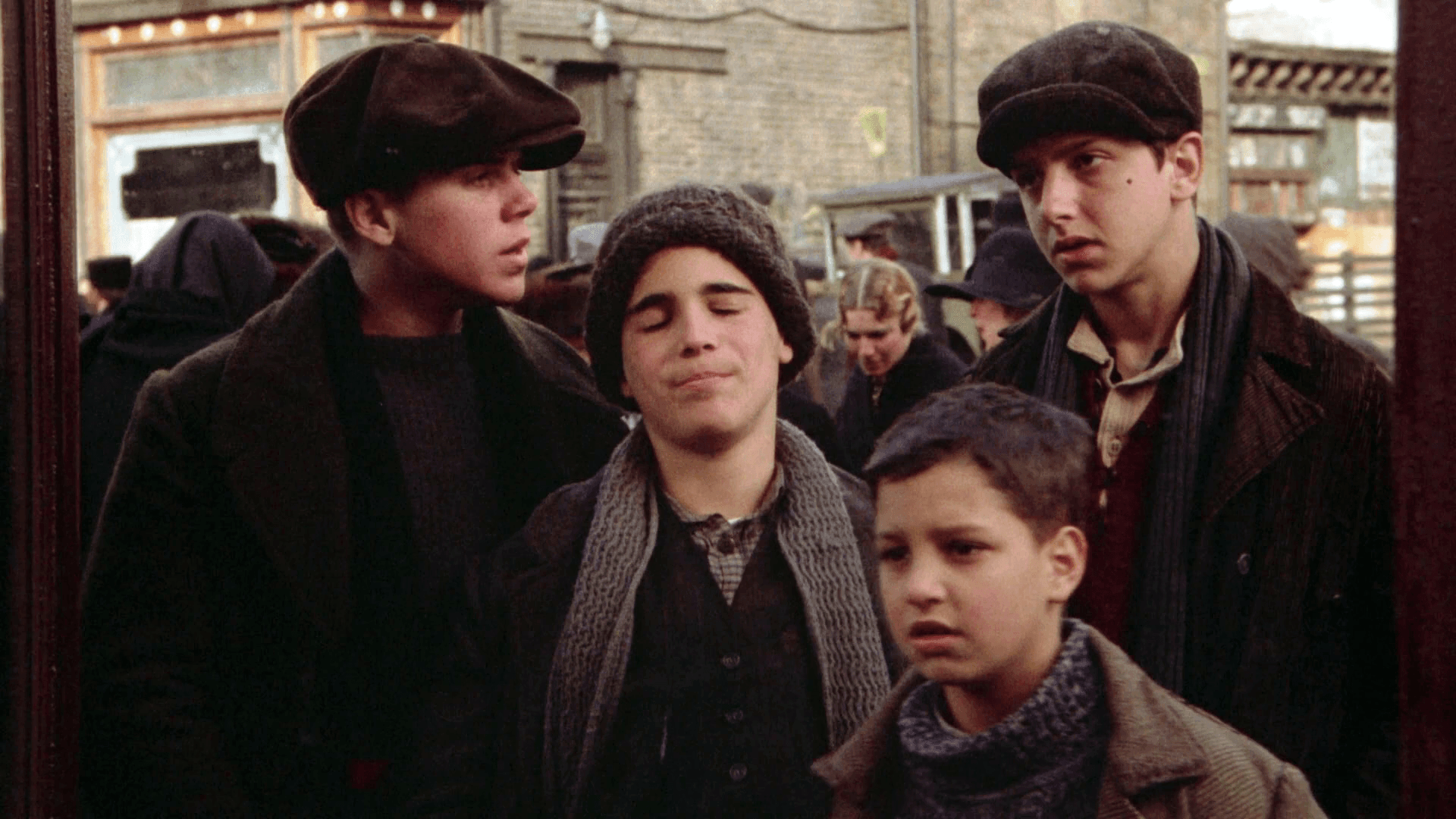

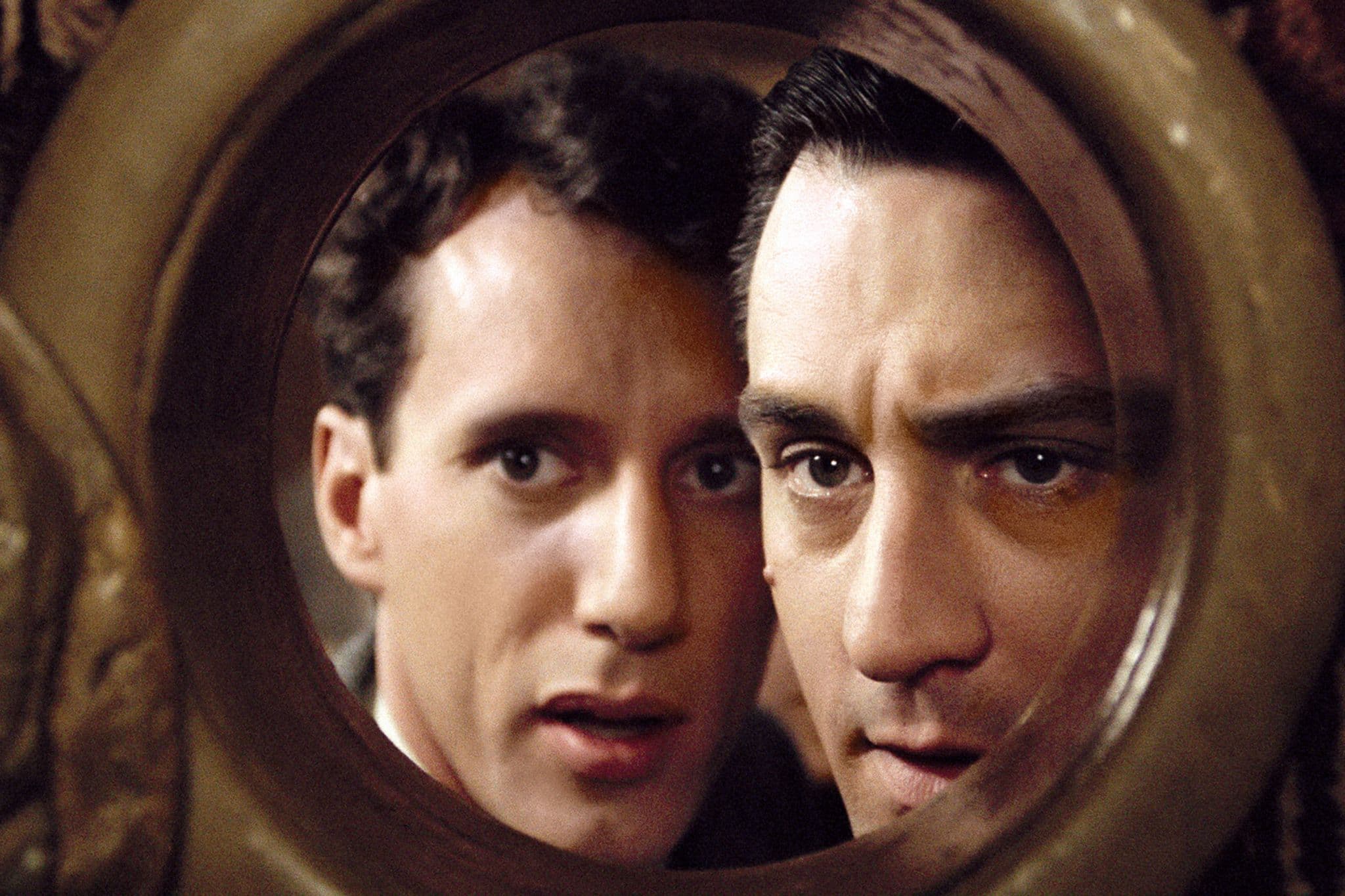

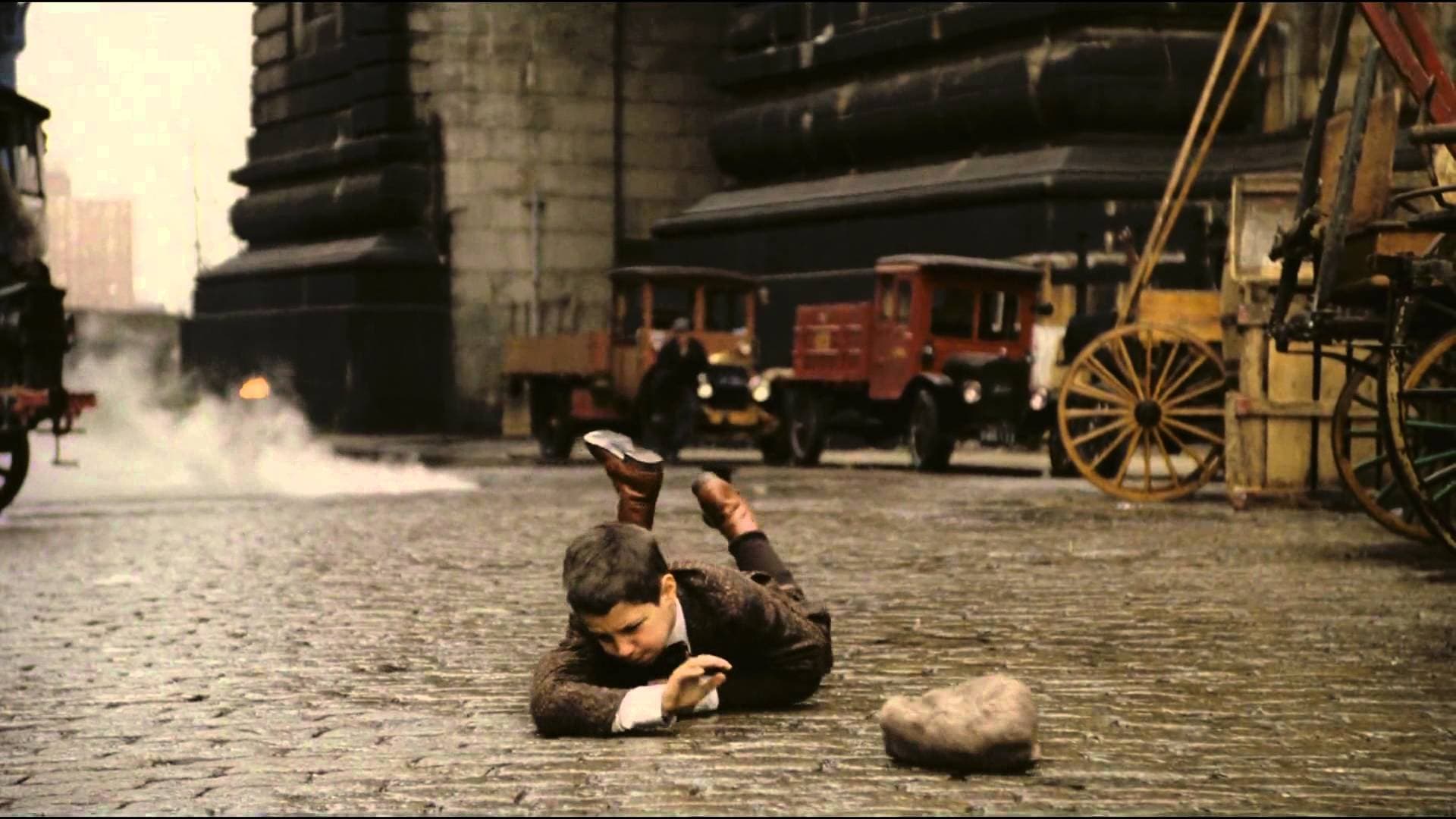
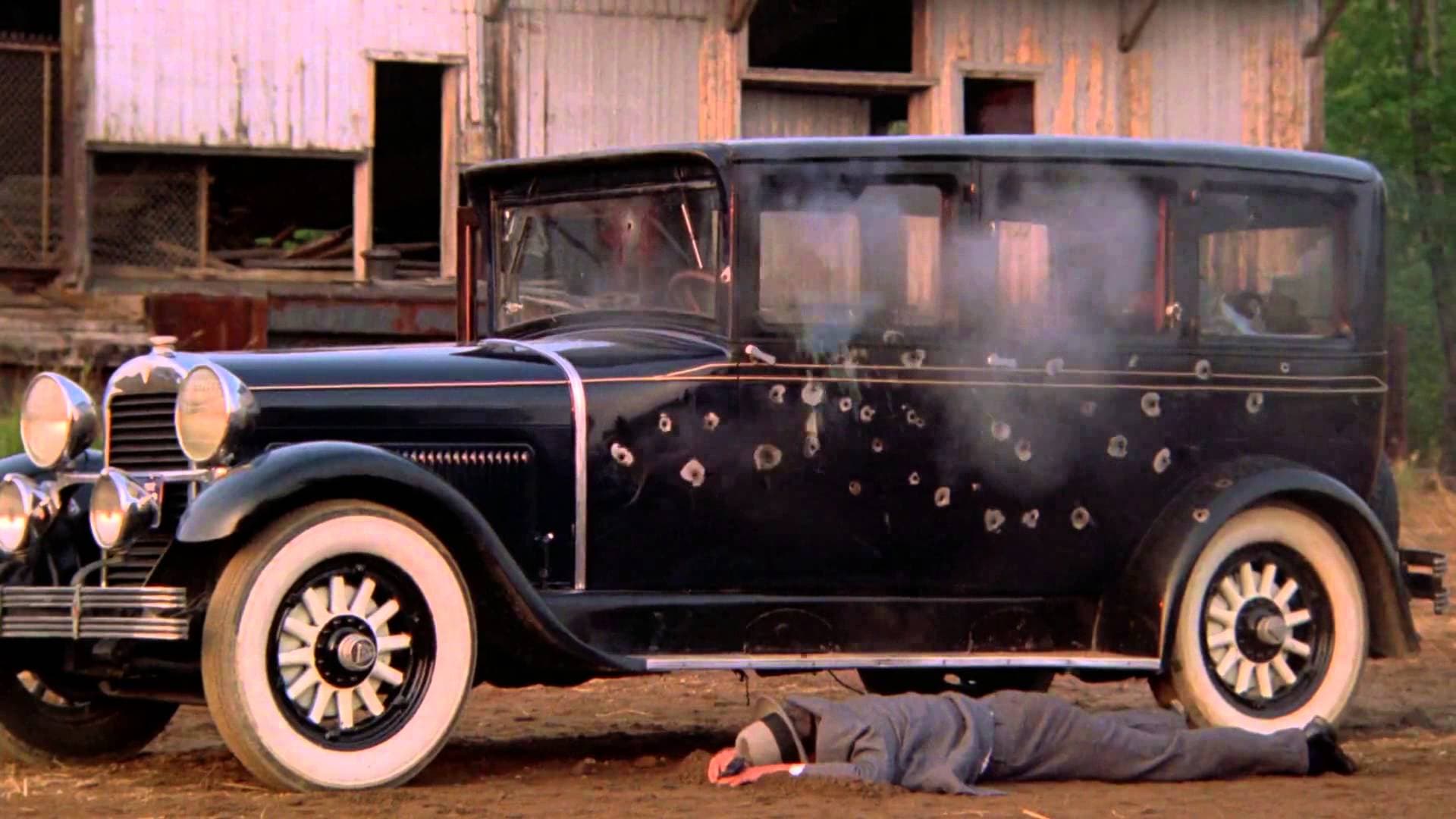
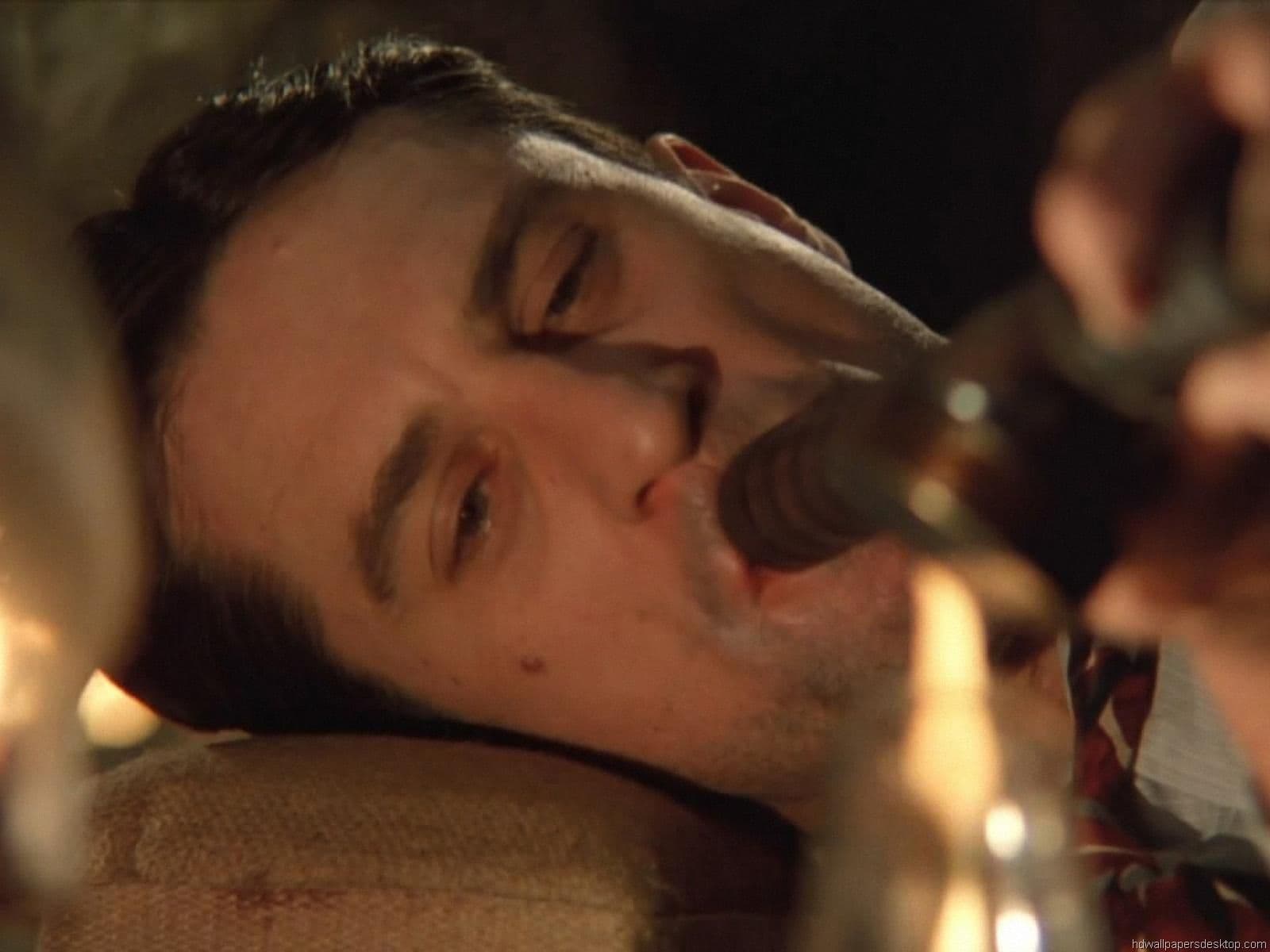






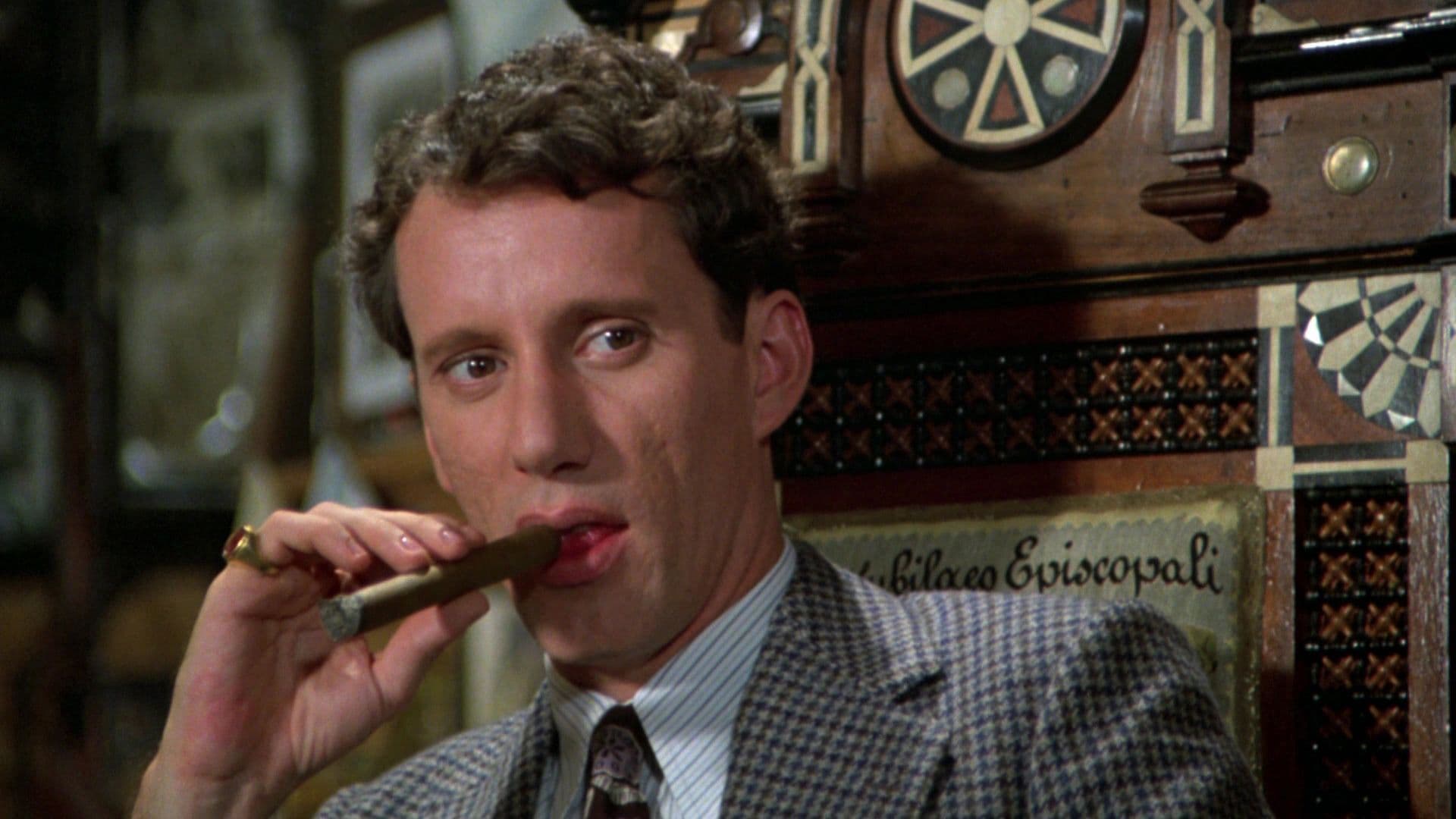

Featured Videos
Official Trailer
Comments
Loading comments...